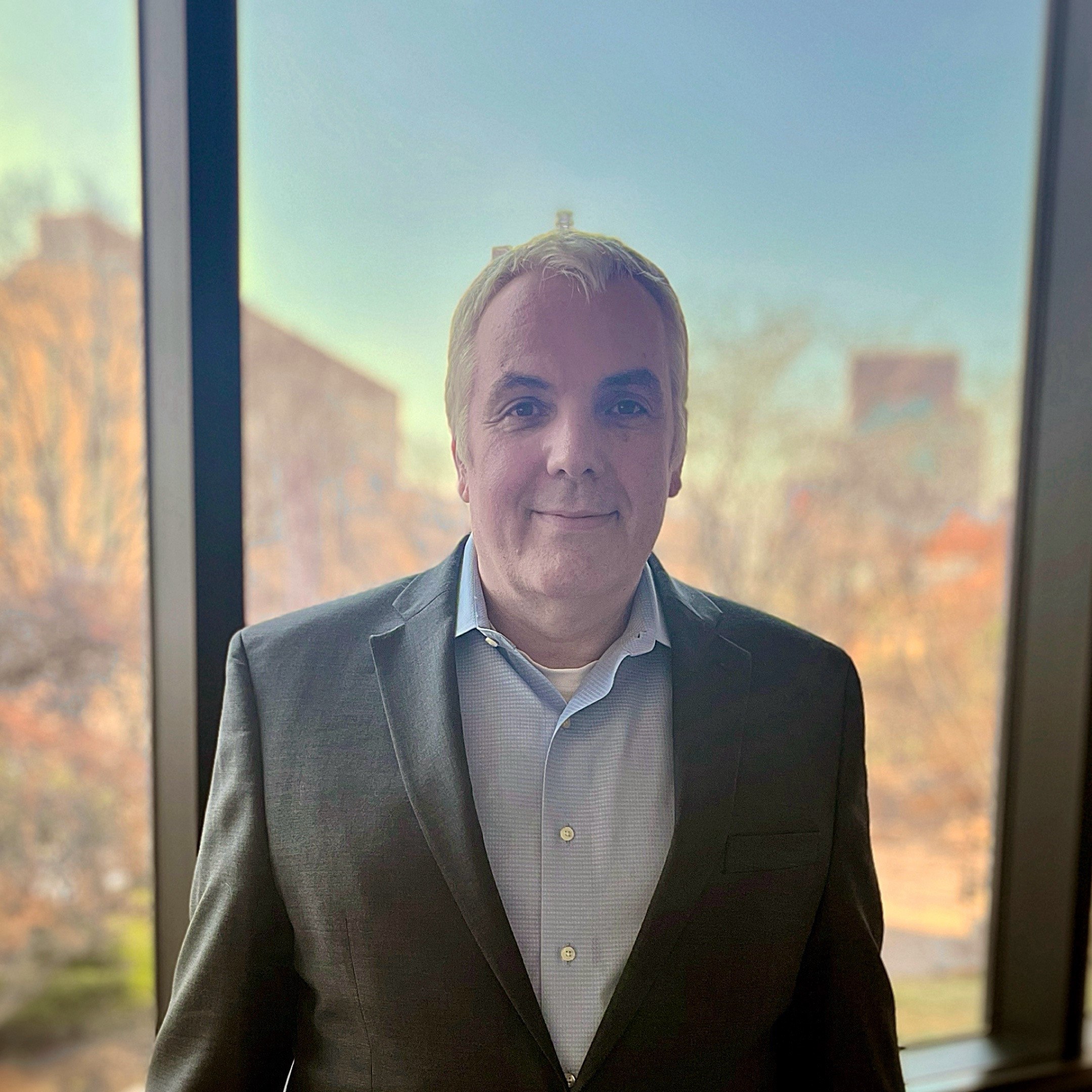Event information
16 April 2024
Online
Douglas and Uli ask the ultimate question of human longevity for financial institutions: How long can we go?
If many people start achieving significantly longer lifespans, there could be far reaching effects both on society and on our financial institutions. How well is this risk of living longer really understood? People have a tendency to underestimate life expectancy, and actuaries have traditionally based future projections on historical trends. Has group think resulted in systematic blind spots in appreciating future longevity risk? Are we overlooking potential black swan events? And do we fully appreciate the differences between insured populations and the general population?
In recent years, some of the world’s top minds – and most bulging wallets – have turned their attention to various aspects of increasing both healthspan and lifespan. Snippets filter down to us through the scientific media, but the questions remain: what are the most likely avenues for progress and how close are we to significant breakthroughs in extending lives?
Douglas Anderson and Uli Stengele hosted session one of the series with Dan Ryan and Phil Newman where they explored “an introduction to the question of human longevity: how long can we go?” to unpack these key questions:
- What are the key areas of research to monitor for potential breakthroughs in longevity?
- How close are any of these areas to significant breakthroughs? And what is the pace of change?
- What should we follow to understand the risk of living longer? Is following the money a good idea?
- How could these considerations filter through into actuarial modeling and risk management?
Please click here to access the slides from this webinar.








